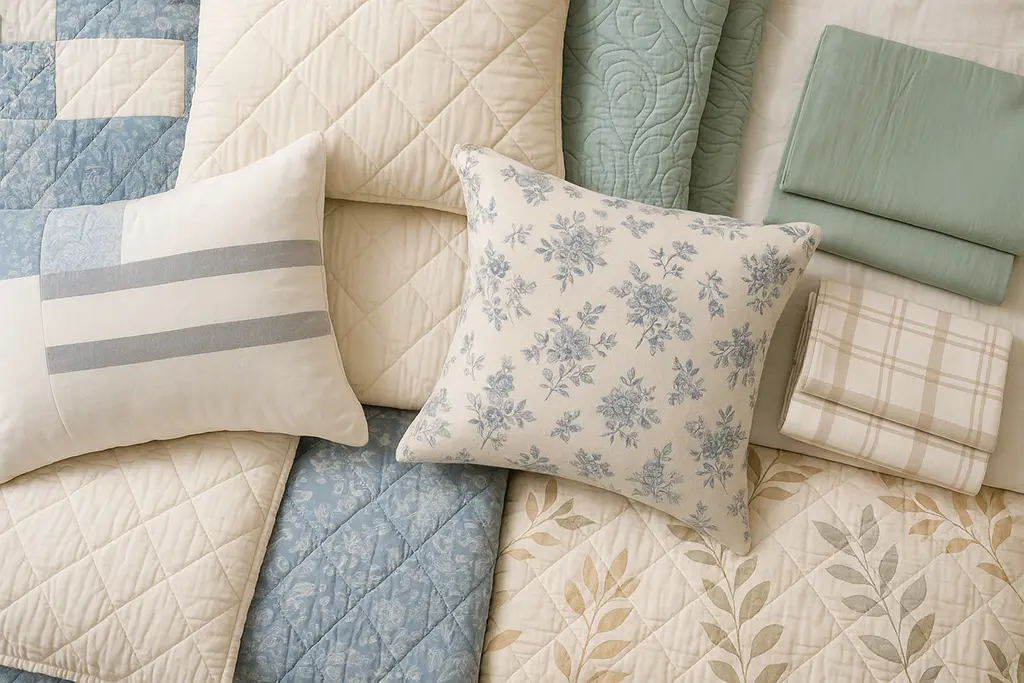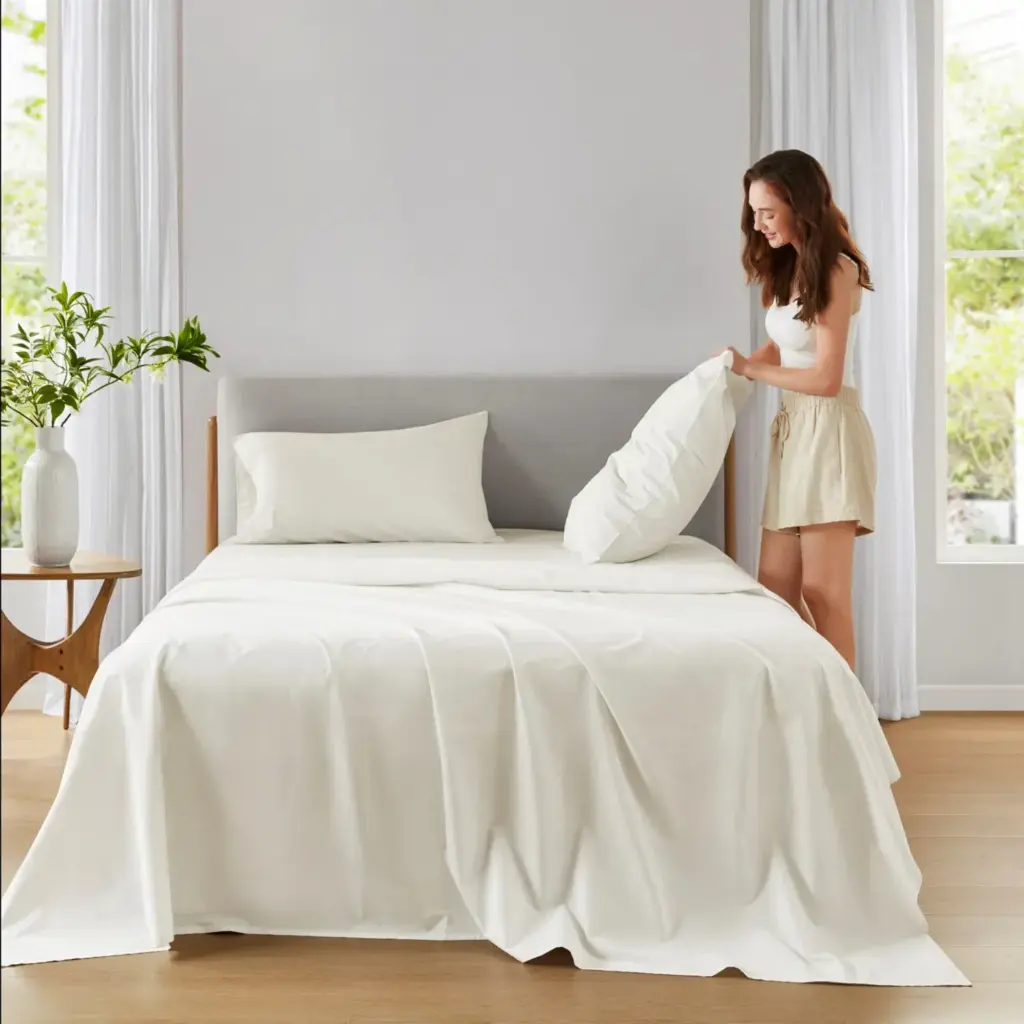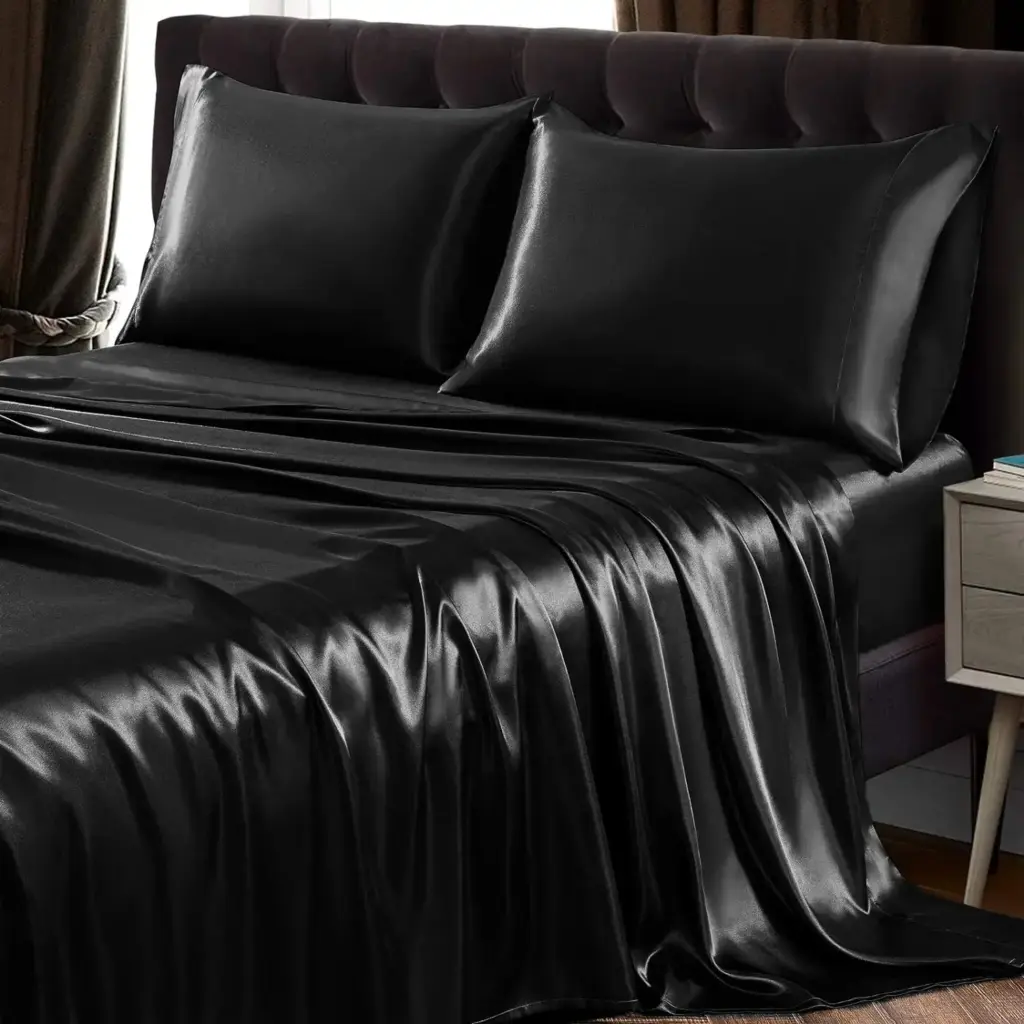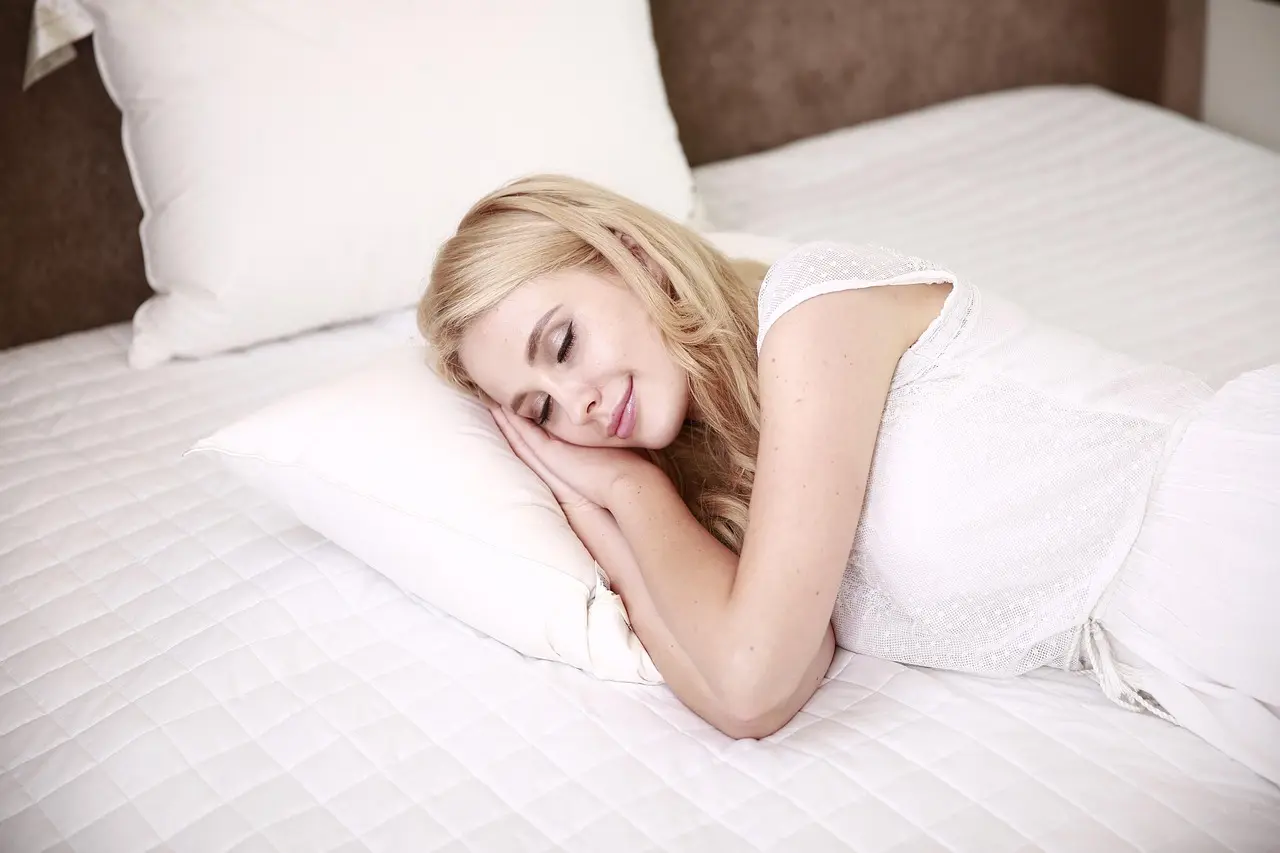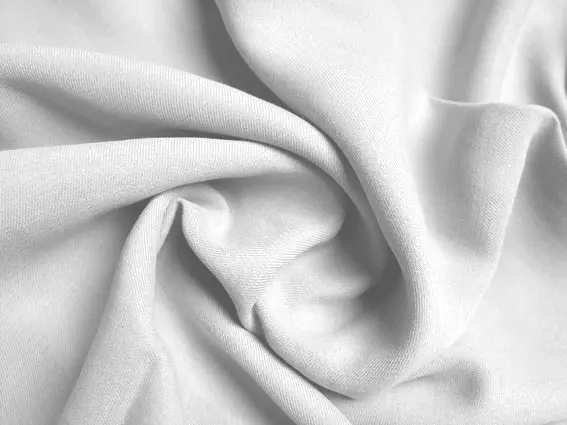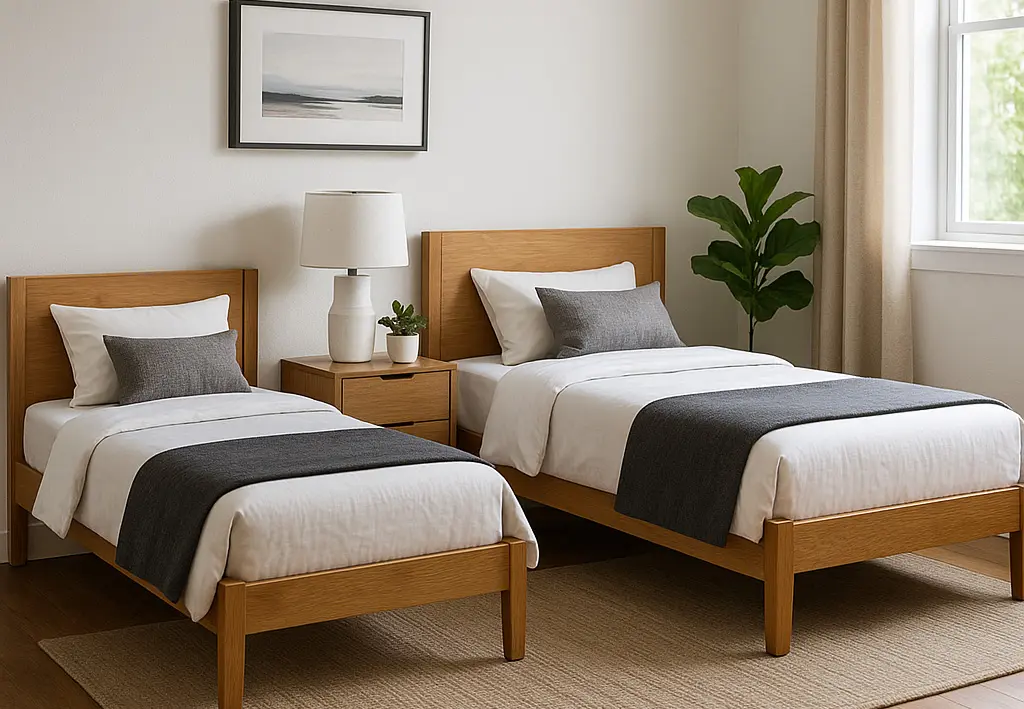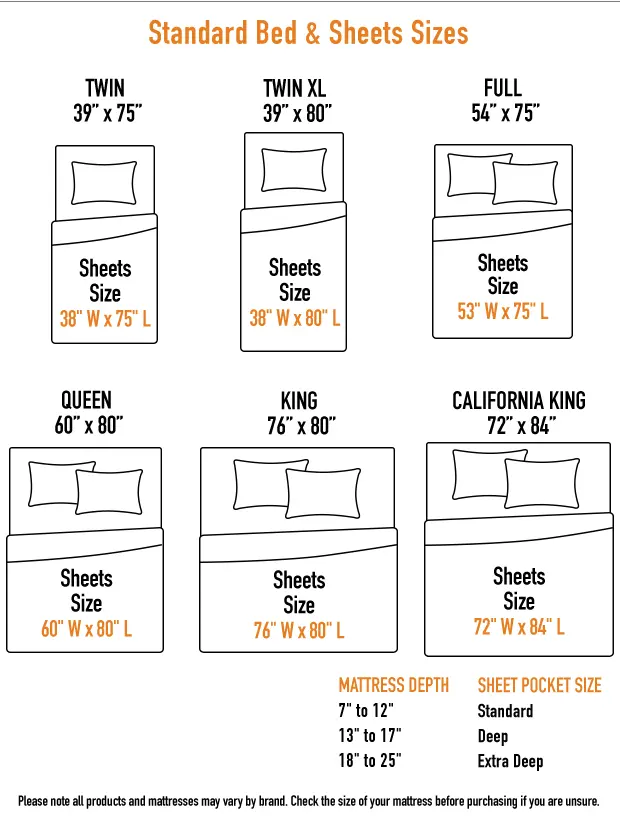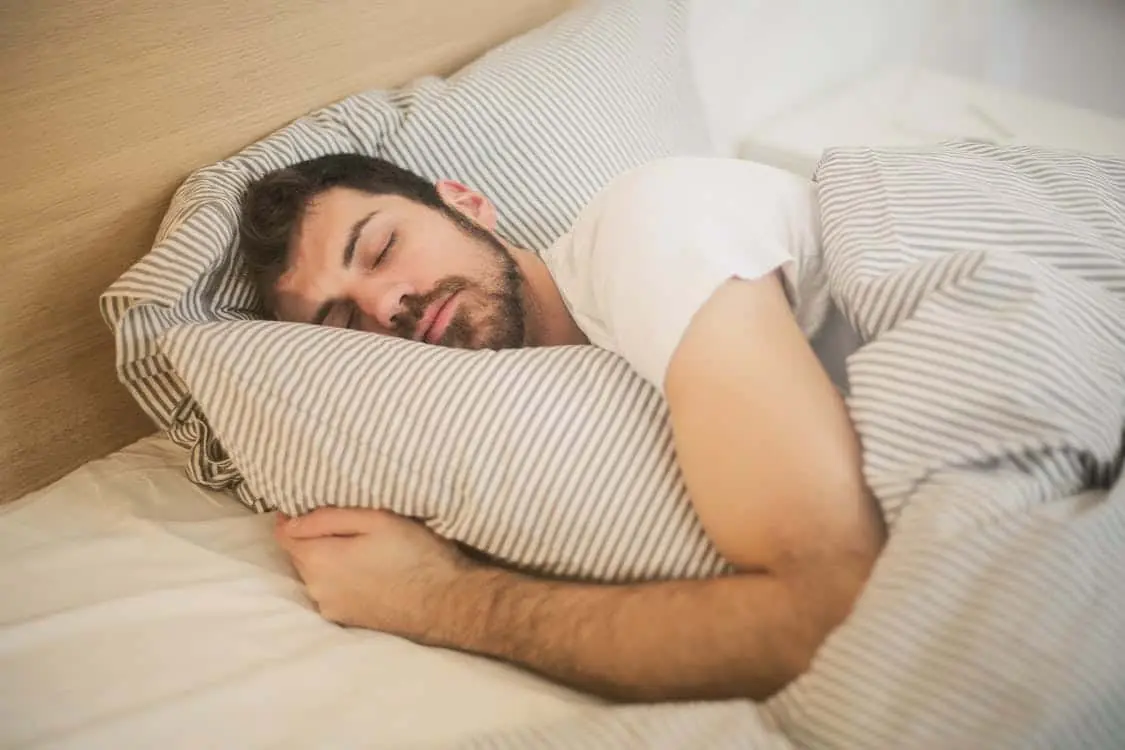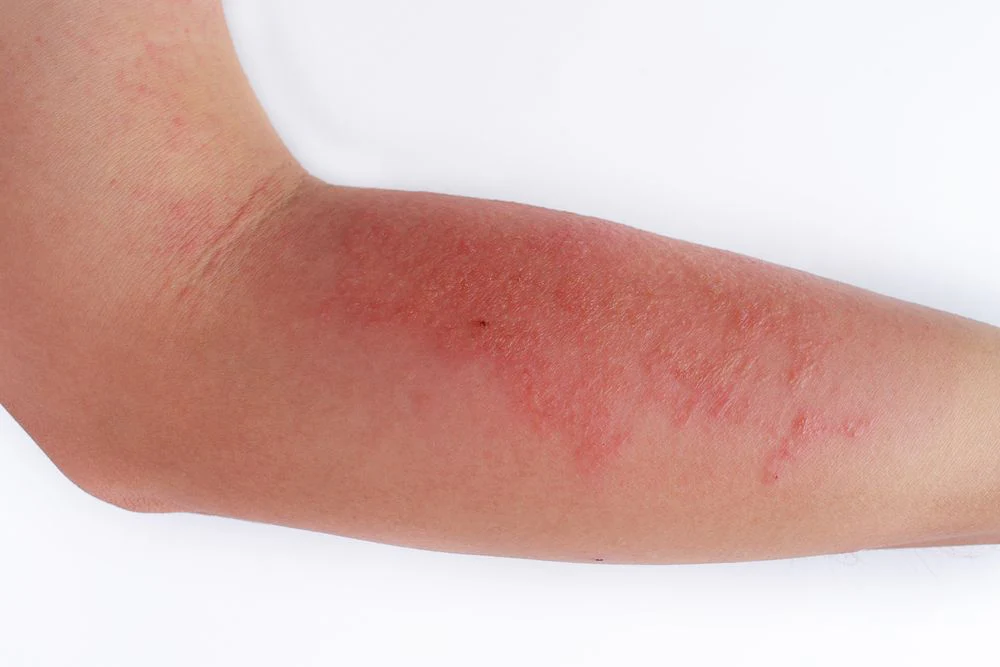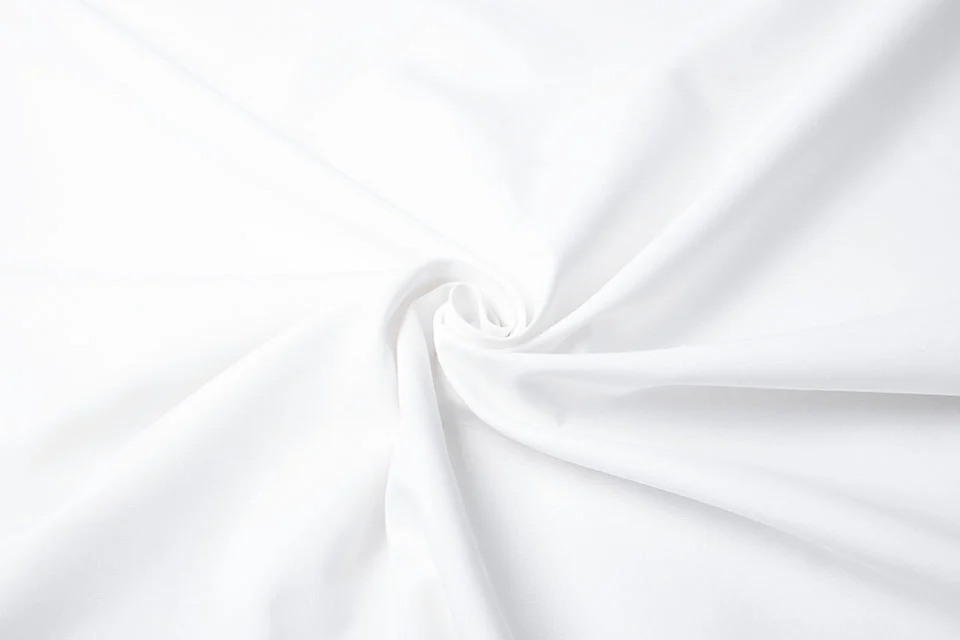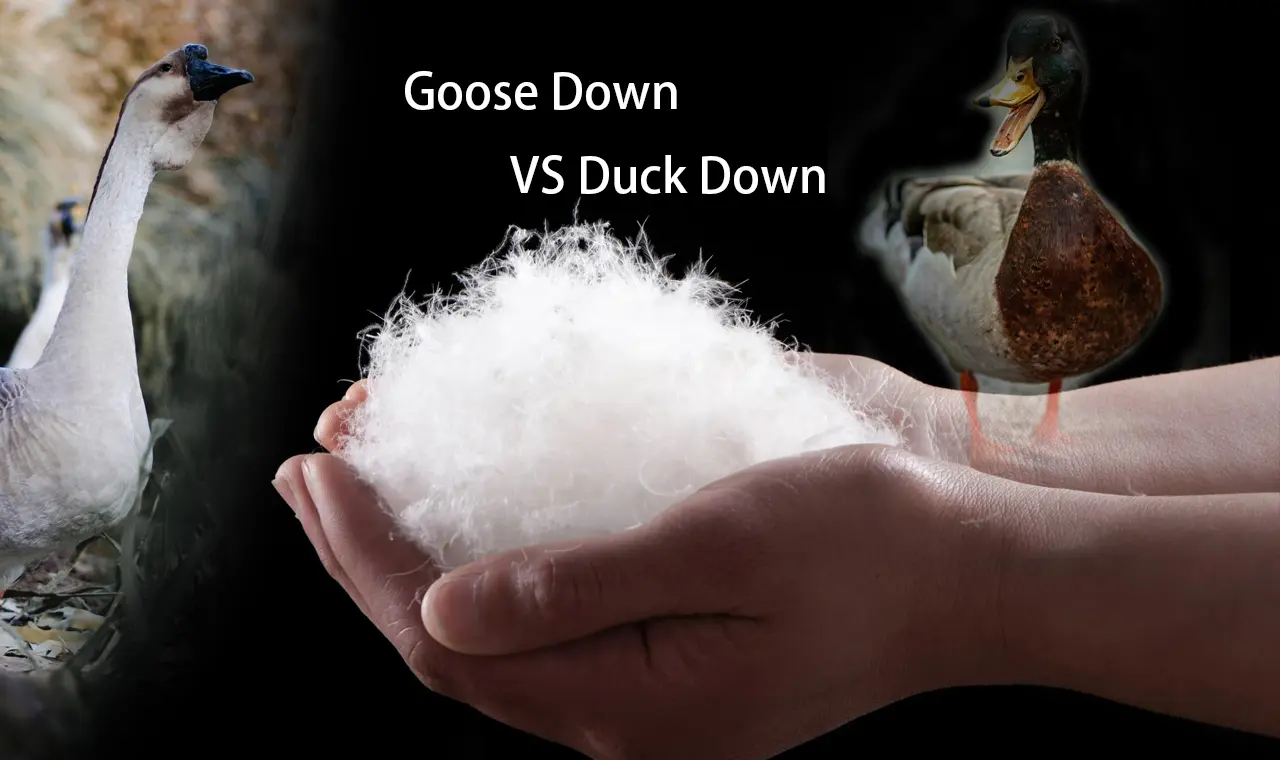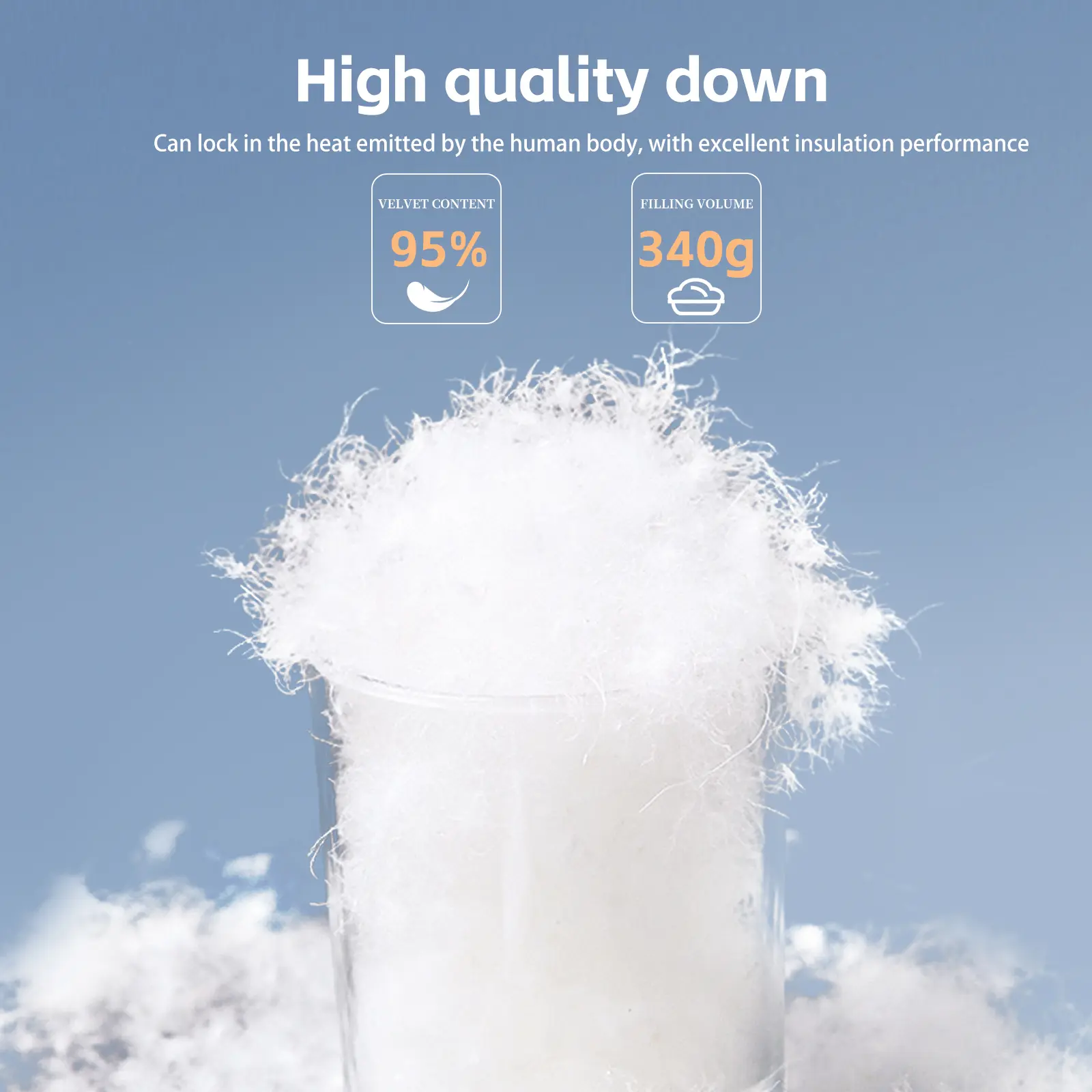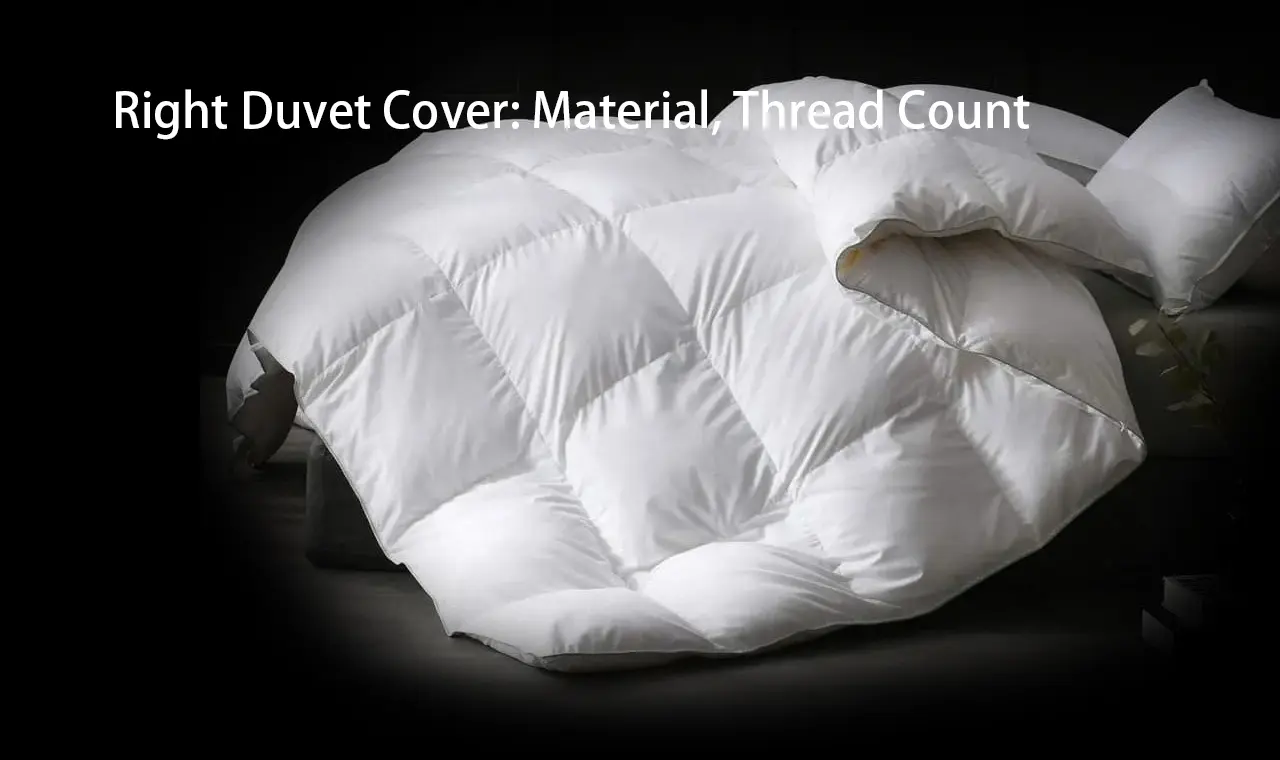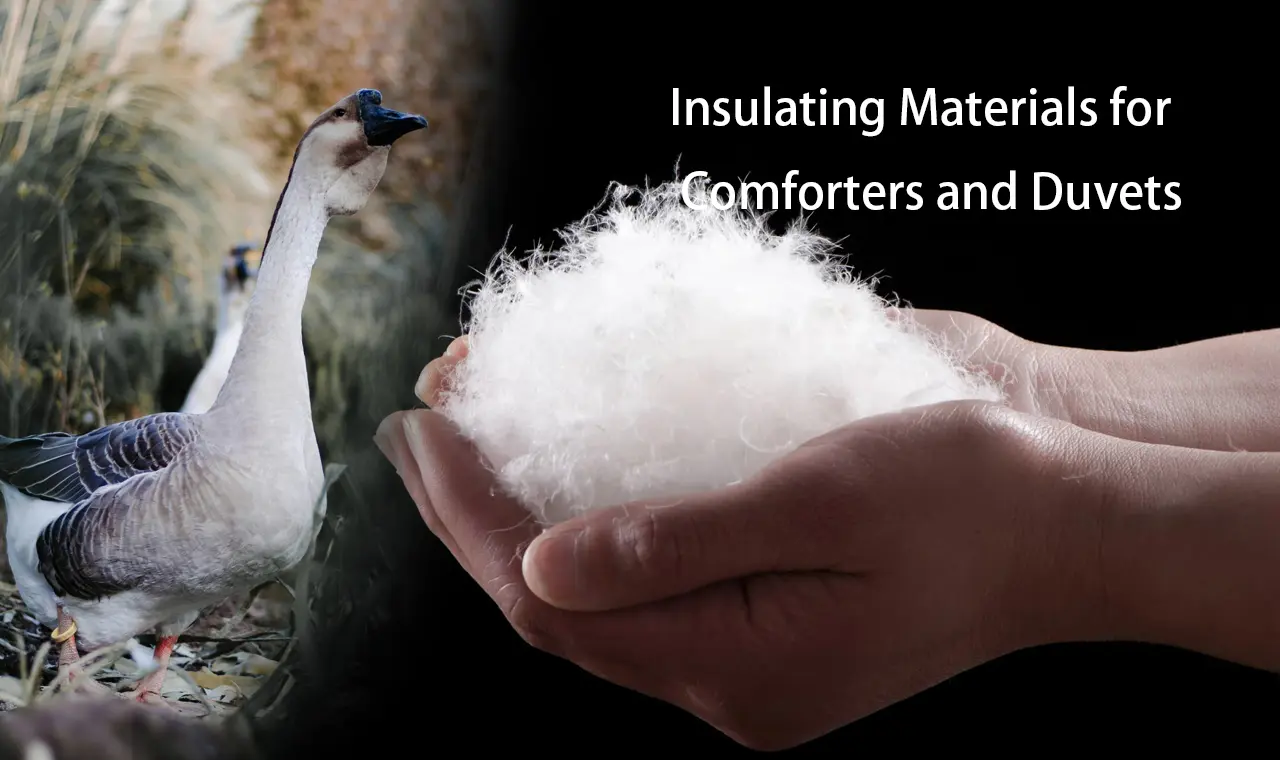In today’s global textile market, bedding manufacturers in China have become the preferred partners for brands around the world. From luxury hotel bedding to budget-friendly home linens, Chinese manufacturers are helping businesses scale with quality, efficiency, and innovation.
But why is China the top choice for so many global bedding brands? And what should you be aware of before choosing your supplier?
Let’s dive into the key reasons—and important tips—when partnering with a bedding manufacturer in China.
1. Competitive Pricing Without Compromising Quality
One of the biggest advantages of choosing a Chinese bedding manufacturer is the cost-effectiveness. Thanks to mature supply chains, abundant raw materials, and advanced production technology, Chinese factories can offer competitive prices while maintaining high quality standards.
For global bedding brands, this means better profit margins or the ability to pass savings to consumers—without sacrificing product quality.

2. Wide Range of Materials and Customization Options
Whether you’re looking for 100% cotton sheets, bamboo fiber pillowcases, microfiber duvet covers, or luxury Egyptian cotton bedding, Chinese manufacturers offer a wide selection of materials and weaves.
In addition, most factories in China offer custom manufacturing services:
- Custom logos or labels
- Unique fabric patterns or colors
- Special sizes and packaging
- Eco-friendly and sustainable fabric options
This makes it easier for brands to develop private label bedding products that align with their brand identity.
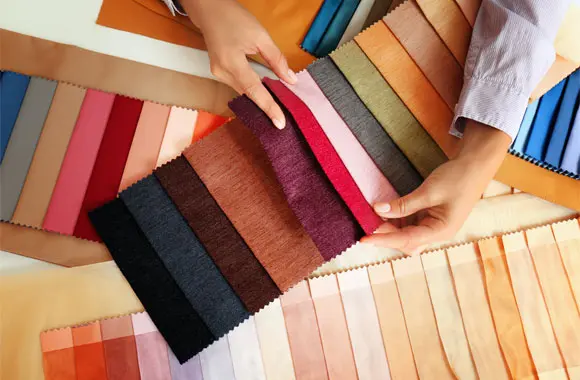
3. Advanced Manufacturing Technology
Modern bedding manufacturers in China are equipped with automated cutting machines, computerized embroidery equipment, digital printing systems, and quality control labs. This helps maintain:
- High production efficiency
- Consistent product quality
- Shorter lead times
If you’re launching new products or restocking popular SKUs, working with a high-tech Chinese factory can give you the speed to market you need.

4. Experience with Global Compliance and Export
Many Chinese bedding factories have extensive experience exporting to North America, Europe, the Middle East, and Asia. They understand international standards and certifications, including:
- OEKO-TEX® Standard 100
- ISO 9001
- BSCI / SEDEX audits
- CPSIA and REACH compliance
This gives you peace of mind when importing bedding products into your target markets.
5. Flexible Order Quantities and OEM/ODM Services
Startups and small businesses don’t always need massive volumes. Many Chinese manufacturers offer low minimum order quantities (MOQs) and OEM/ODM services, making it easier to launch your own bedding line.
Whether you’re building a boutique brand or expanding into new markets, China’s bedding suppliers provide the scalability and flexibility to support your growth.
What to Watch Out For
While China offers many benefits, there are a few important considerations when choosing a bedding manufacturer in China:
Verify Supplier Credentials
Always check business licenses, factory audits, and certifications. Request a video tour or a third-party inspection if needed.
A key step when Yintex engages with new major customers is their due diligence in reviewing our production qualifications, certifications, and other vital information. This process is critical for establishing their confidence in a successful partnership. We fully collaborate with our customers during this stage, ensuring mutual understanding and the foundation of strong trust.
Sample First
Ask for a product sample before placing a large order. This helps you evaluate fabric quality, stitching, and overall craftsmanship.
Yintex offers Quick Sampling—get your samples ready within 7 days to accelerate your project timeline.
Communication Matters
Work with suppliers who respond quickly, understand your requirements, and provide clear timelines. Good communication is key to a successful partnership.
Yintex guarantees a Rapid Response—your message will be answered within 24 hours. Whether you have questions or need assistance, our team is ready to help promptly.
Intellectual Property Protection
If you have custom designs or branding, make sure the supplier agrees to protect your intellectual property and signs a proper agreement.
At Yintex, we understand how important your custom designs, logos, packaging, and other intellectual property are to your brand. We are fully committed to protecting our customers’ IP and strictly adhere to confidentiality practices throughout our production and communication processes.
We are willing to sign Non-Disclosure Agreements (NDAs) or other IP protection agreements as required. All proprietary designs, specifications, and brand elements shared with us are treated with the highest level of security and will never be shared with third parties or used without authorization.
Meeting customer expectations for intellectual property protection is a standard requirement we proudly uphold. You can trust Yintex to manufacture your custom products with professionalism, discretion, and full respect for your brand assets.
Final Thoughts
Partnering with a bedding manufacturer in China can give your business a major competitive advantage—if you choose the right supplier. With the right due diligence, you can enjoy lower costs, consistent quality, and a flexible production partner who helps your brand grow.
At Yintex, we work closely with trusted bedding factories in China to ensure quality, reliability, and smooth communication. Whether you need private label sheets, bulk orders, or customized bedding sets, we’re here to help.
👉 Looking for a reliable bedding manufacturer in China? Contact us today for a free quote and consultation.


